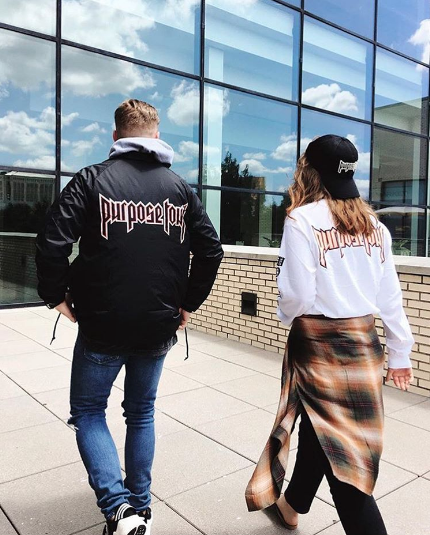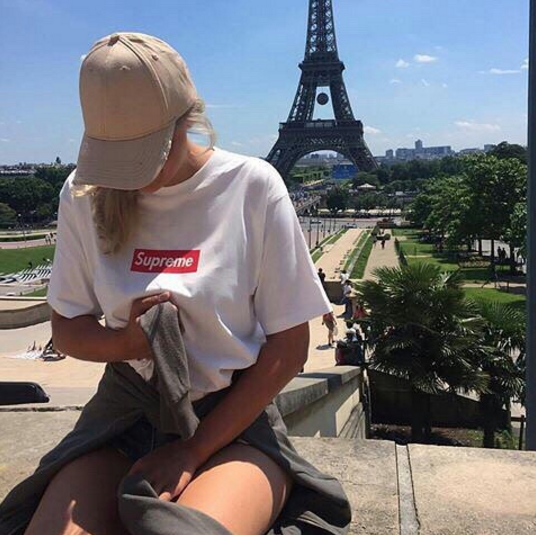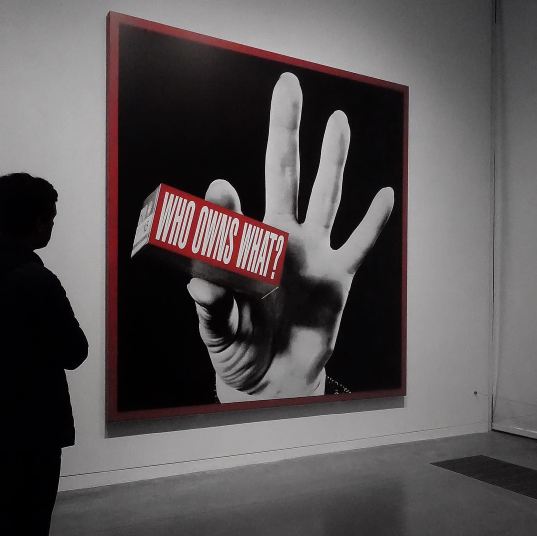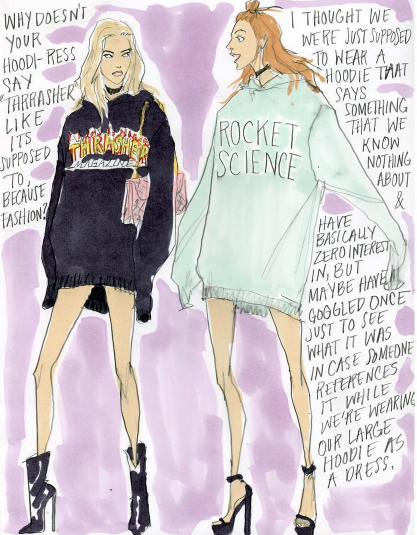The world we live in today is a funny one: some dogs have more followers than humans on Instagram; the must-have T-shirts of the year came from Justin Bieber’s concert tour; and designers like Tommy Hilfiger pioneered the shoppable runway. I think if you told any of us five years ago these facts would come to define media consumption in the year 2016, we would have said, “yeah right.” Because if there is anything that this year has taught us (in my opinion), it’s that anything goes.
Photo via @urbanoutfitters

I mean, really thinking about what this means for fashion is that when the rest of popular culture has turned itself upside down, the same thing happens when it comes to the rules that govern what we wear. Every season we hear the same synonyms of the phrase “breaking the rules,” but what about really breaking the rules of fashion? What if the same style or logo design was seen from the Paris runway to modern art museums, finally landing on the grimy streets of lower Manhattan? The commodification of high fashion in this manner is unprecedented. We are living in a time when street culture has punctured the realm of haute couture in the most direct way. And for fashion’s relationship with art, this means quoting, “borrowing” and essentially copying intellectual property for the sake of making a buck or two.
Photo via @httpwear.
Photo via @thelisbonshooter.

We’ve seen fast fashion brands, time and time again, quote the most recent trends from high fashion and are heralded for this ability instead of being slapped with a massive lawsuit. But when fashion quotes outside of its own industry, things get personal. Take cult skate wear brand Supreme, for instance. That iconic red box logo that traverses hoodies and beanies alike? Well, the logo that has allowed the brand to rise to cult status over the years is, in reality, a not-so-subtle ripoff of the typeface and color that conceptual artist Barbara Kruger made famous. So for a brand that constantly “reinvents the wheel” when is comes to streetwear, originality is a fickle thing.
And from Vetements’ hooded sweatshirts to Yeezus and Bieber’s aforementioned concert merchandise, fashion (well, streetwear) has appropriated the hallmarks of yet another subculture, this time heavy metal. Maybe to imbue a sense of nostalgia into their merch or simply to seem cool by doing something different, these streetwear brands are undeniably using the language of a subculture they aren’t part of and popularizing it for the masses. The same thing is happening with skateboard culture and fashion. Why do you think everyone all of a sudden is sporting those “Thrasher” hoodies?
Photo via @jooleeloren.

Originality and brand identity get so convoluted in this mess of “borrowing” and appropriating that the fashion world has come to accept and even foster. Are these labels truly creative if they’re ripping off something else? Furthermore, what does it even mean to be original and creative in an era where ripping off of another popular icon is almost guaranteed to be successful?
It is the silence of the original artist (not coming forward or filing any lawsuits) that allows brands like Supreme to benefit. Indeed one of Kruger’s pieces reminds us, “Your comfort is my silence.” Well, there you have it, life imitating art, all so that we can look as cool as possible.
